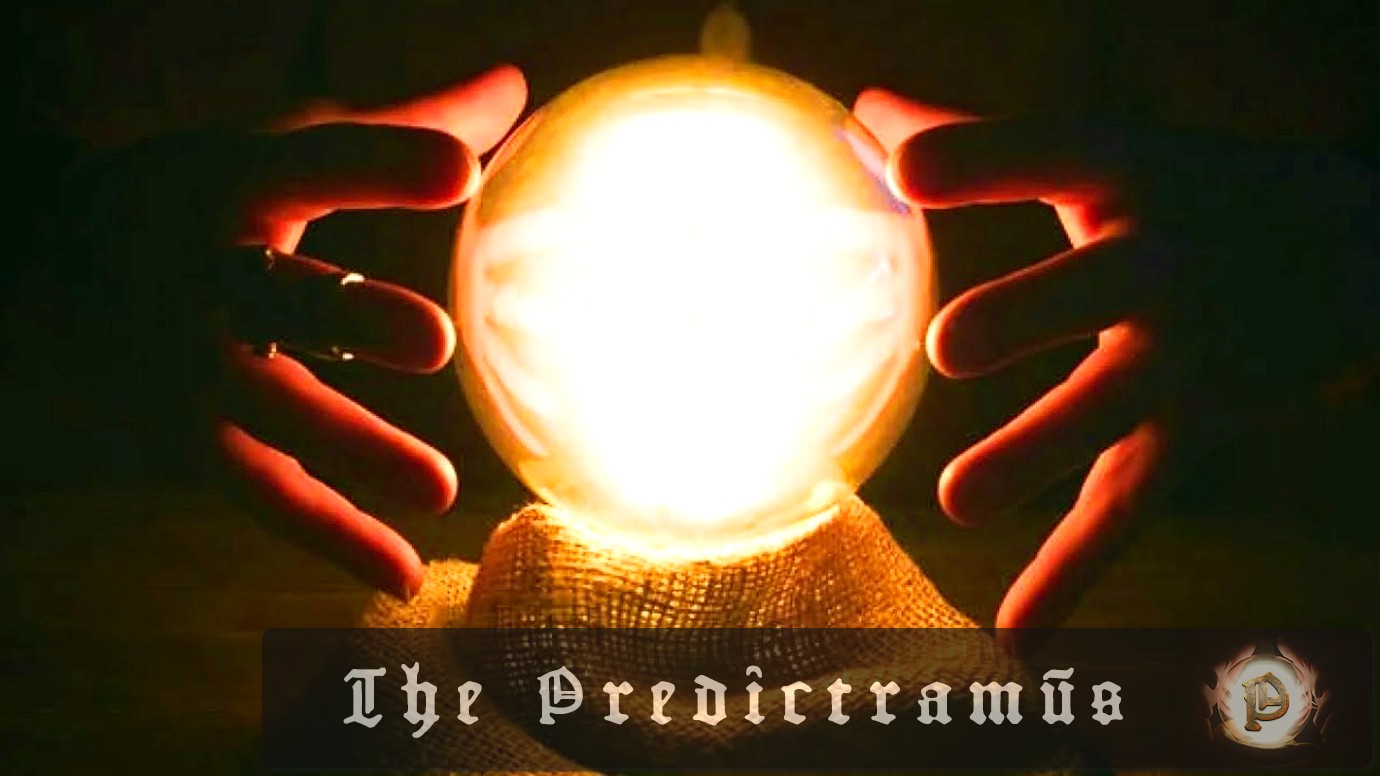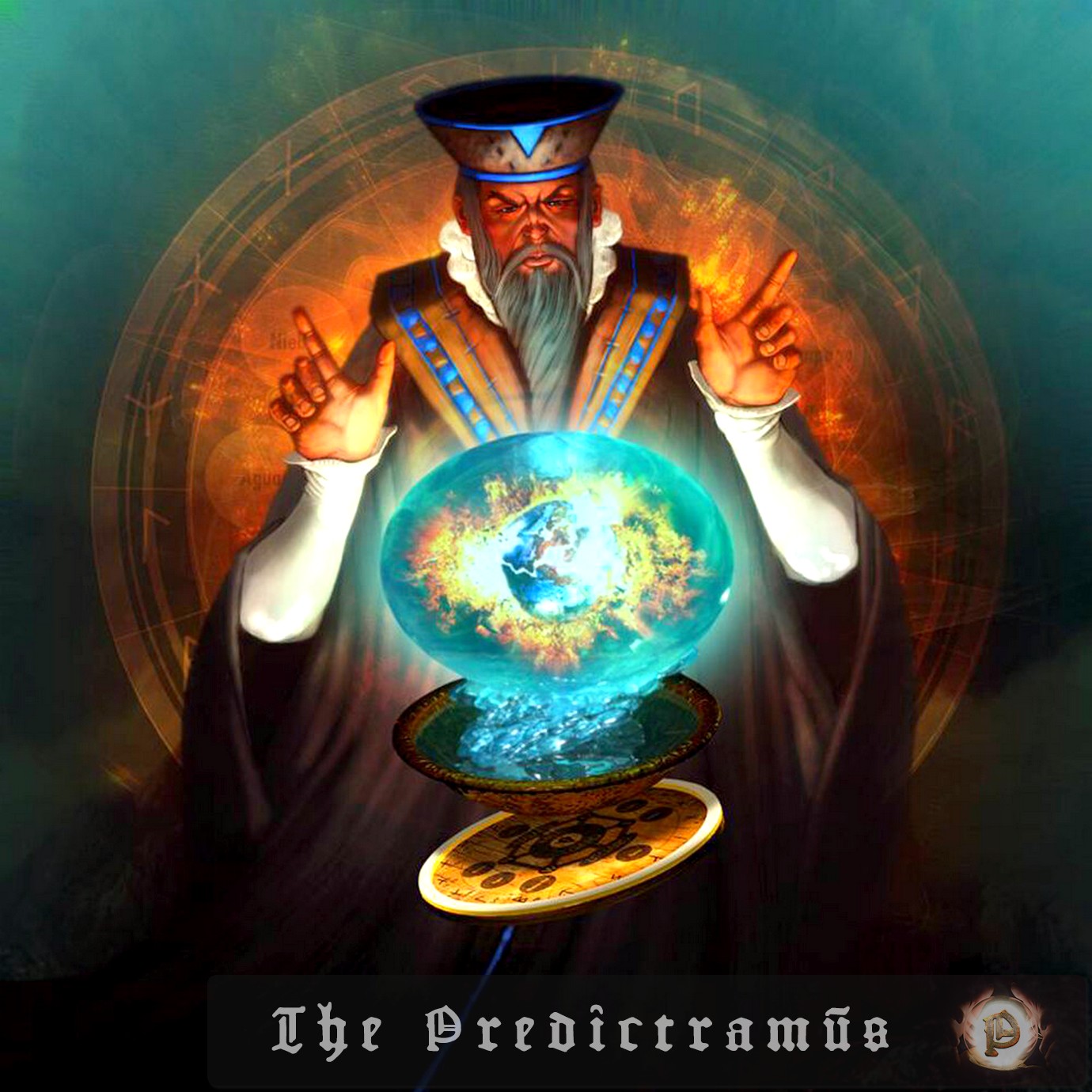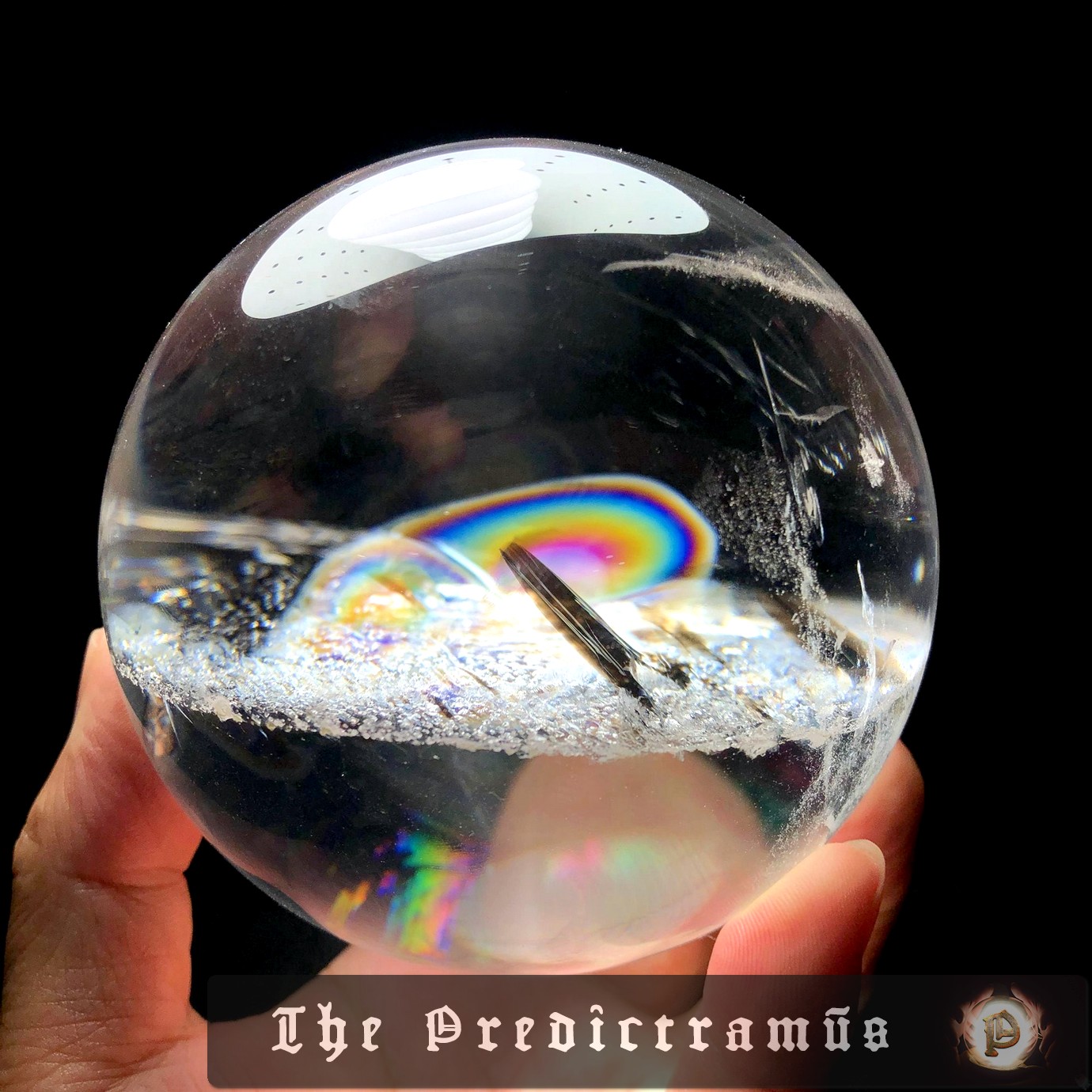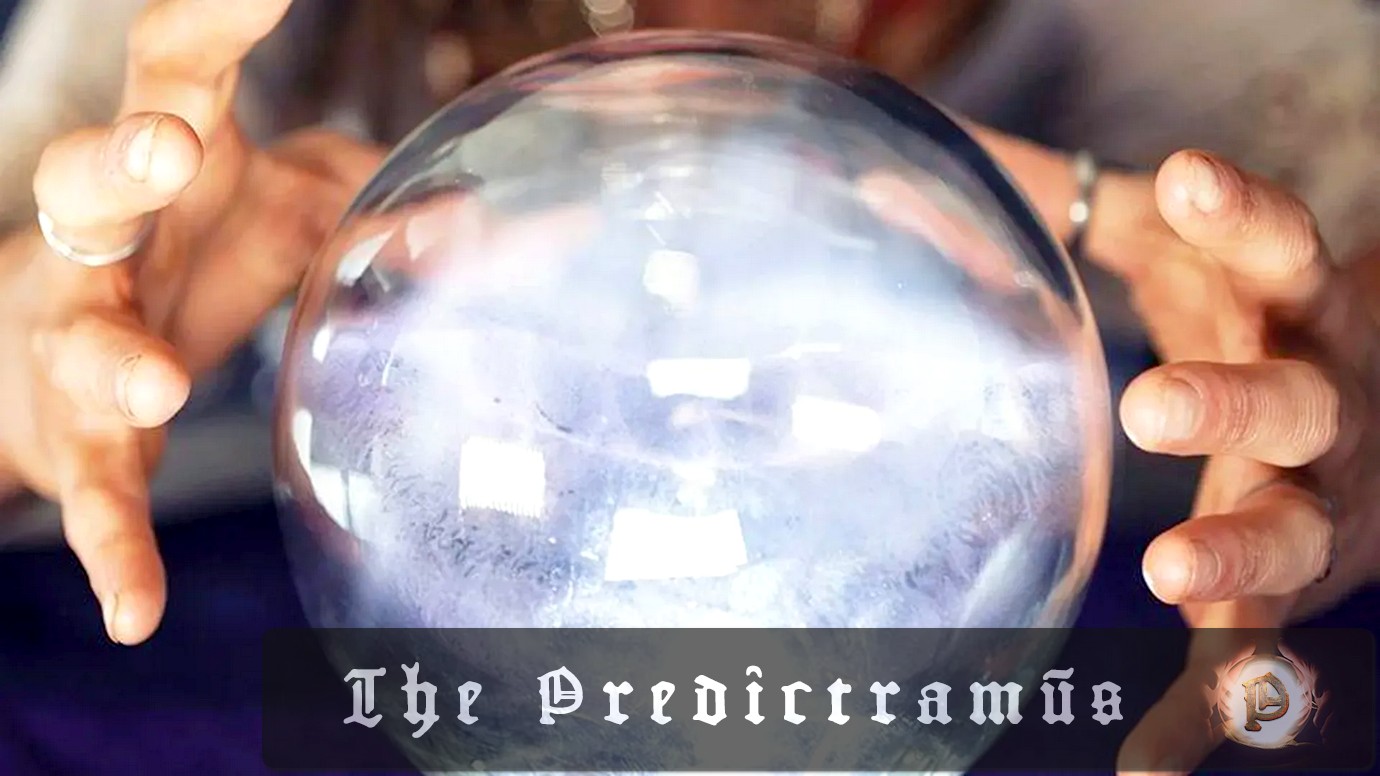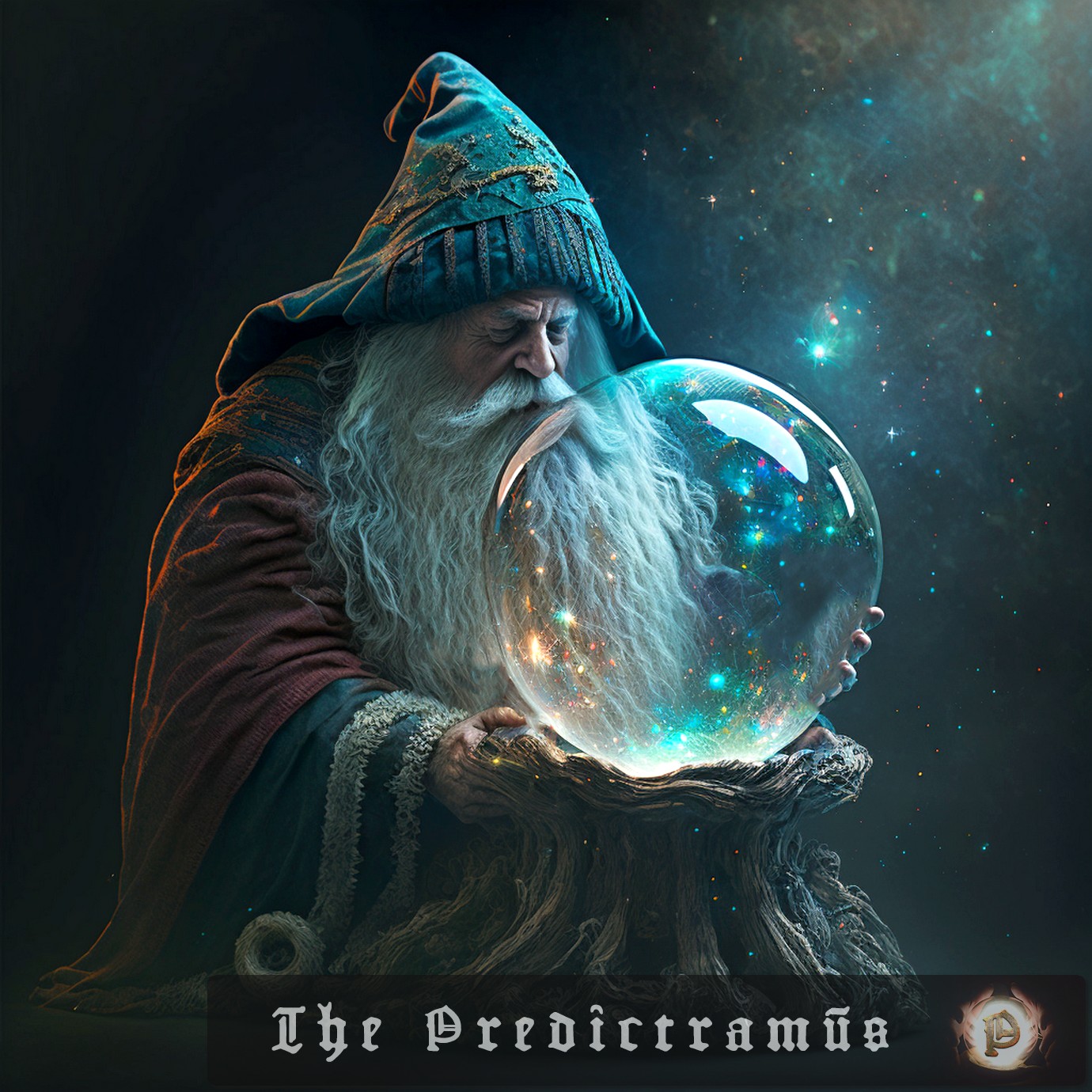Physicists in Germany have made a groundbreaking discovery, finding an alternative explanation for an anomaly that had previously been interpreted as potential evidence for a mysterious “dark force.” The anomaly, observed in ytterbium atoms, was found to have a more mundane cause, related to the deformation of the nuclear structure of ytterbium isotopes. This discovery…
Physics on The Soothsayer / page 13
Astronomers have been left puzzled by the exoplanet Trappist-1 b, which has been observed to have either a bare, airless rock surface or a hazy carbon dioxide atmosphere. Recent observations made by the James Webb Space Telescope suggest that the exoplanet’s surface and atmosphere may be more complex than initially thought. The discovery has sparked…
Researchers at Monash University in Australia have made a groundbreaking discovery in the development of biodegradable implants. By enhancing the mechanical properties of zinc alloys, they have created a material that could potentially replace traditional stainless steel or titanium implants, which can cause discomfort and bone loss. The new zinc alloys are strong, biocompatible, and…
Researchers in China have unveiled a 105-qubit quantum processor that can solve a quantum computation problem in minutes, a feat that would take billions of years using the world’s most powerful classical supercomputers. This achievement sets a new benchmark for claims of quantum advantage, a key measure of success in the field of quantum computing….
Researchers at the K N Toosi University of Technology in Tehran, Iran have developed an ultrasonic-powered microfluidic chip that can accurately separate circulating tumour cells (CTCs) from red blood cells. This breakthrough could lead to the early detection of cancer and pave the way for personalized medicine, real-time molecular analysis, and point-of-care diagnostics. Forecast for…
D-Wave Systems, a Canadian company, has made a significant breakthrough in quantum computing by using quantum annealing to simulate quantum magnetic phase transitions. The company claims that its calculations are beyond the capabilities of the most powerful classical computers, achieving quantum advantage. However, two independent groups of researchers have challenged this claim, suggesting that similar…
Researchers at the University of Maryland have made a significant breakthrough in detecting radioactive material from a distance using short-pulse CO2 lasers. This method, which leverages ionization in the surrounding air, has the potential to revolutionize nuclear disaster response and security. The team’s technique has already demonstrated a 10-meter detection range, surpassing previous methods by…
A groundbreaking study has revealed that quantum mechanics may play a crucial role in how our brains function. Theoretical physicist Partha Ghose and theoretical neuroscientist Dimitris Pinotsis have derived a Schrödinger-like equation for neurons, which describes neuronal noise and suggests that quantum phenomena, including entanglement, might survive at larger scales. This discovery could have significant…
Researchers in France have made a breakthrough in quantum sensing by developing a hybrid system that combines the precision of quantum devices with the robustness of classical sensors. The new technique uses trapped ultracold atoms to detect acceleration and rotation, and when paired with a classical inertial sensor, it can measure inertial quantities with unprecedented…
Researchers at the IBS Center for Climate Physics have simulated the effects of a medium-sized asteroid impact on Earth’s climate. The study reveals that such an event would lead to a dramatic disruption of the climate, atmospheric chemistry, and global photosynthesis. The impact would cause a “global impact winter” with reduced sunlight, cold temperatures, and…


